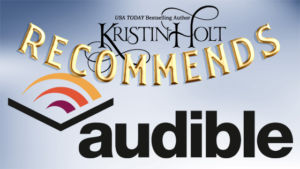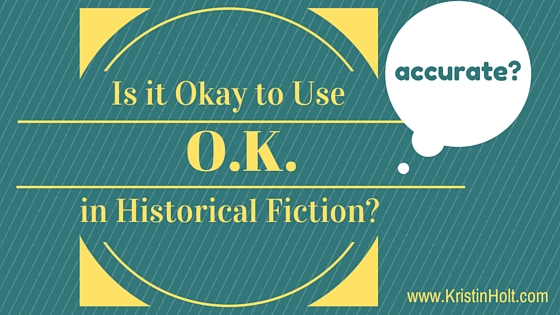
by Kristin Holt | May 27, 2016 | Articles
When did the term “O.K.” or “okay” find its way into common use in American English? Is it incorrect (and inaccurate) to use “okay” in 19th century fiction? What if it’s spelled “O.K.”? What does O.K. stand for, anyway? I’ve provided numerous historical newspaper articles and snippets showing the etymology and proving one of the spellings (O.K.) is highly accurate in the 19th century, but the other (okay) is not.
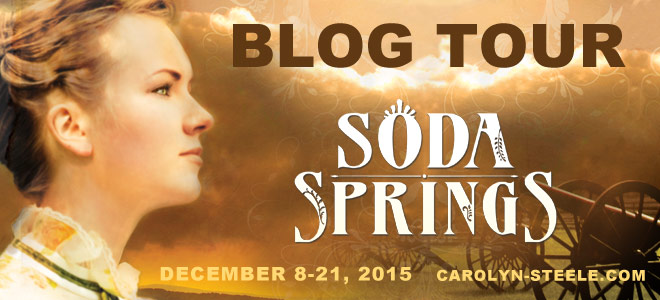
by Kristin Holt | Dec 11, 2015 | Articles
I had the pleasure of reading an ARC (advance review copy) of SODA SPRINGS by the author Carolyn Steele. This article provides my review of this charming western historical novel and an interview with the author. I share insights about this coming-of-age novel, recommend the book to more than one type of reader, and am pleased to be one stop along the new release’s Blog Tour journey.
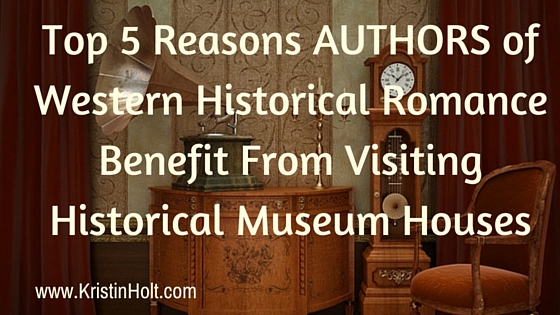
by Kristin Holt | Aug 3, 2015 | Articles
I share My Personal Top 5 Reasons AUTHORS (especially me) Benefit From (touring and visiting) Historical Residences. I’ve visited many and share highlights as well as personal epiphanies of the value of researching history up close and personal.
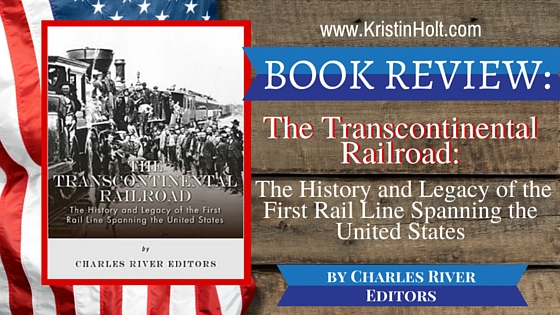
by Kristin Holt | Jul 28, 2015 | Articles
Fans of Western Historical Romance will find this quick read provides valuable background information of United States history that enhances enjoyment of favored novels.
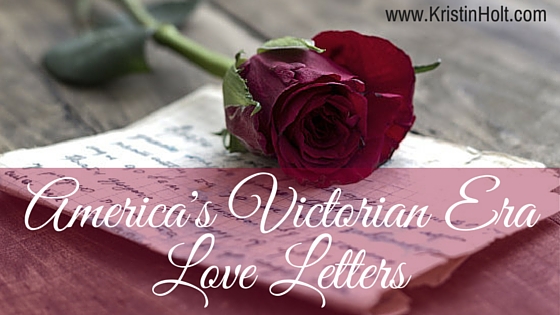
by Kristin Holt | Jul 1, 2015 | Articles
Fans of Mail Order Bride historical romances know that many of these marriages of convenience involved letter-writing for a couple to become acquainted and perhaps eventually marry. The curious thing is that writing and love letters between a courting couple wasn’t a phenomenon for those separated by distance. Couples in the Victorian-Era United States often sent love letters to one another as part of their courtship, even when the other party resided nearby.












